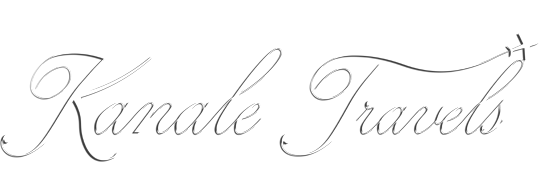Did you know…
- About 1/3 of Berlin’s territory is composed of forests, parks, rivers, and lakes
- Berlin has its origins in the 13th century and has been the capital of the Kingdom of Prussia, the German Empire, the Weimar Republic, and the Reich. It became the capital of Germany after reunification in 1990
- Berlin was divided into East and West Berlin from 1961 during the Cold War until 1989 when the wall came down
- The city has a very diverse art scene and is home to around 420 art galleries
- Germany has about 710 bicycles per 1000 inhabitants. As a German state and major European city, it has one of the lowest numbers of cars per capita
- Berlin’s Zoologischer Garten is the largest zoo in the world both in number of species (1,500) and number of animals (14,000). Interestingly, the very first bomb dropped by the Allies on Berlin during WWII killed the only elephant in the zoo, making it the first casualty
- Over 300 bunkers and hundreds of kilometers of underground tunnels constructed during the Nazi era still remain under Berlin. Most are inaccessible due to crumbling and flooding
- The biggest train station in Europe, Berlin Hauptbahnhof, opened in Berlin in 2006
- The largest department store in continental Europe is KaDeWe (Kaufhaus des Westens) in Berlin, with over 60,000 square meters
- Imported coffee was banned by King Friedrich (Frederick) II, aka Frederick the Great, in 1777 in order to encourage sales of the local beverage: beer! (The restrictions were lifted shortly after his death in 1786)




Comments are closed.